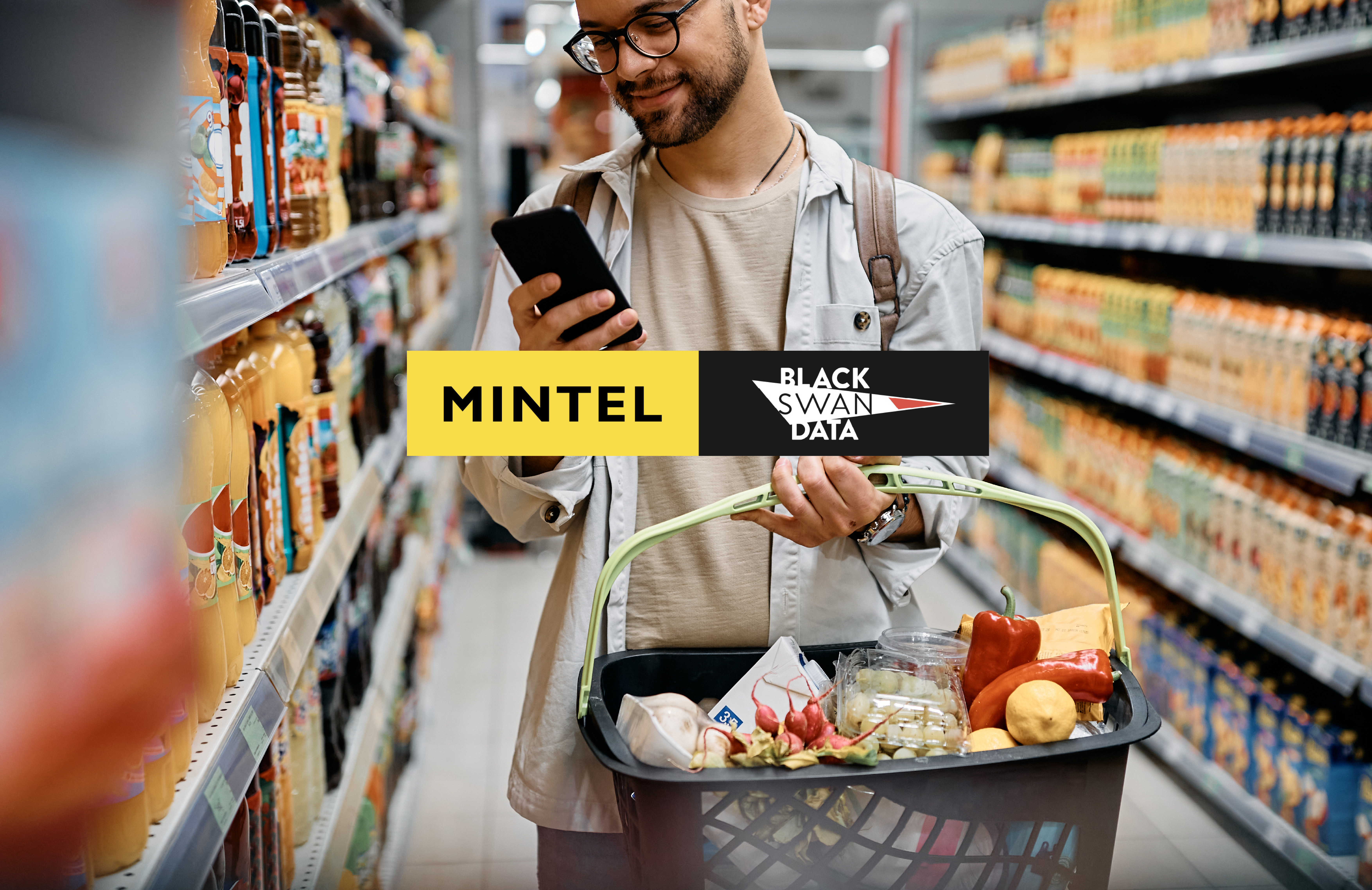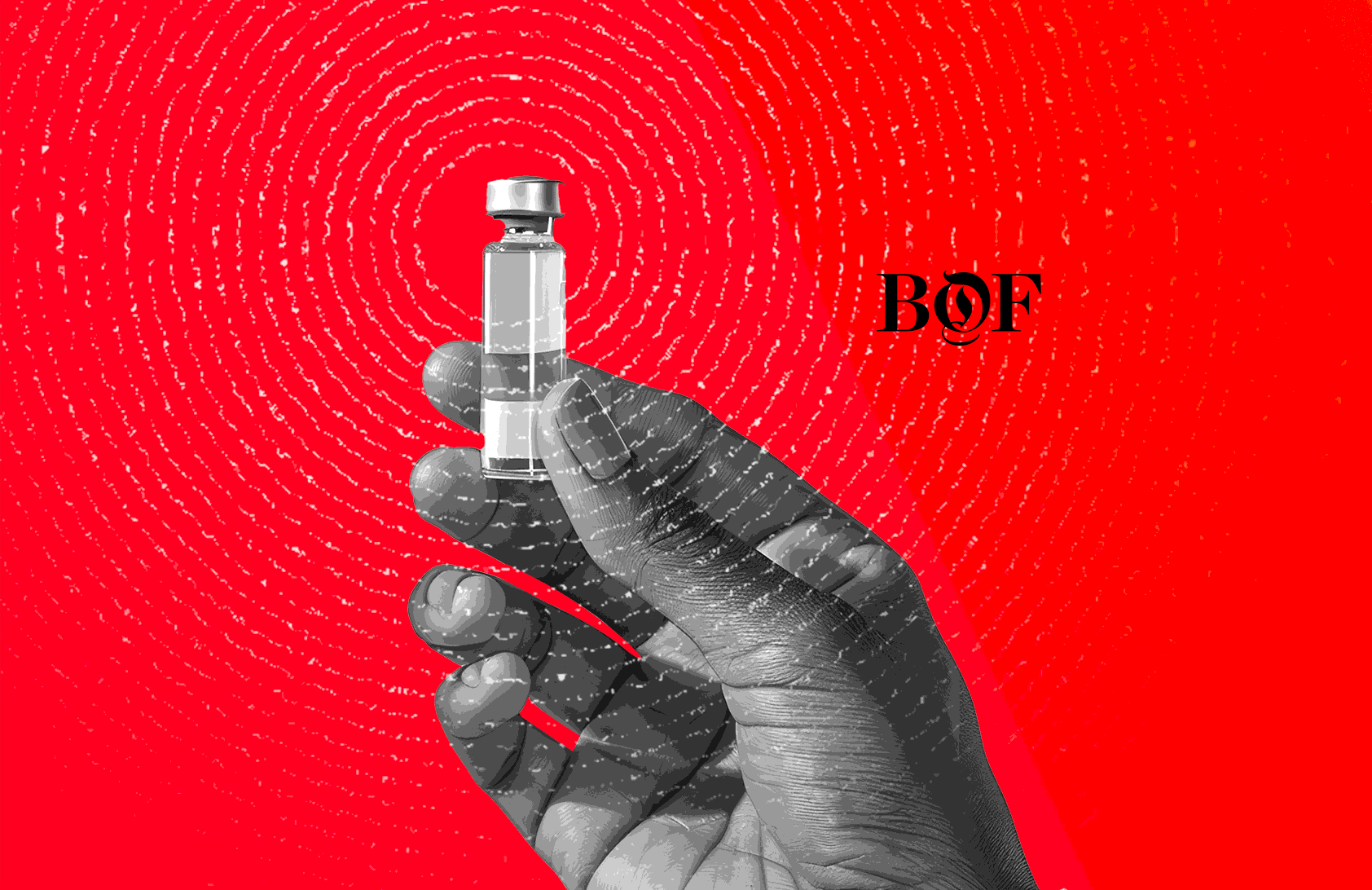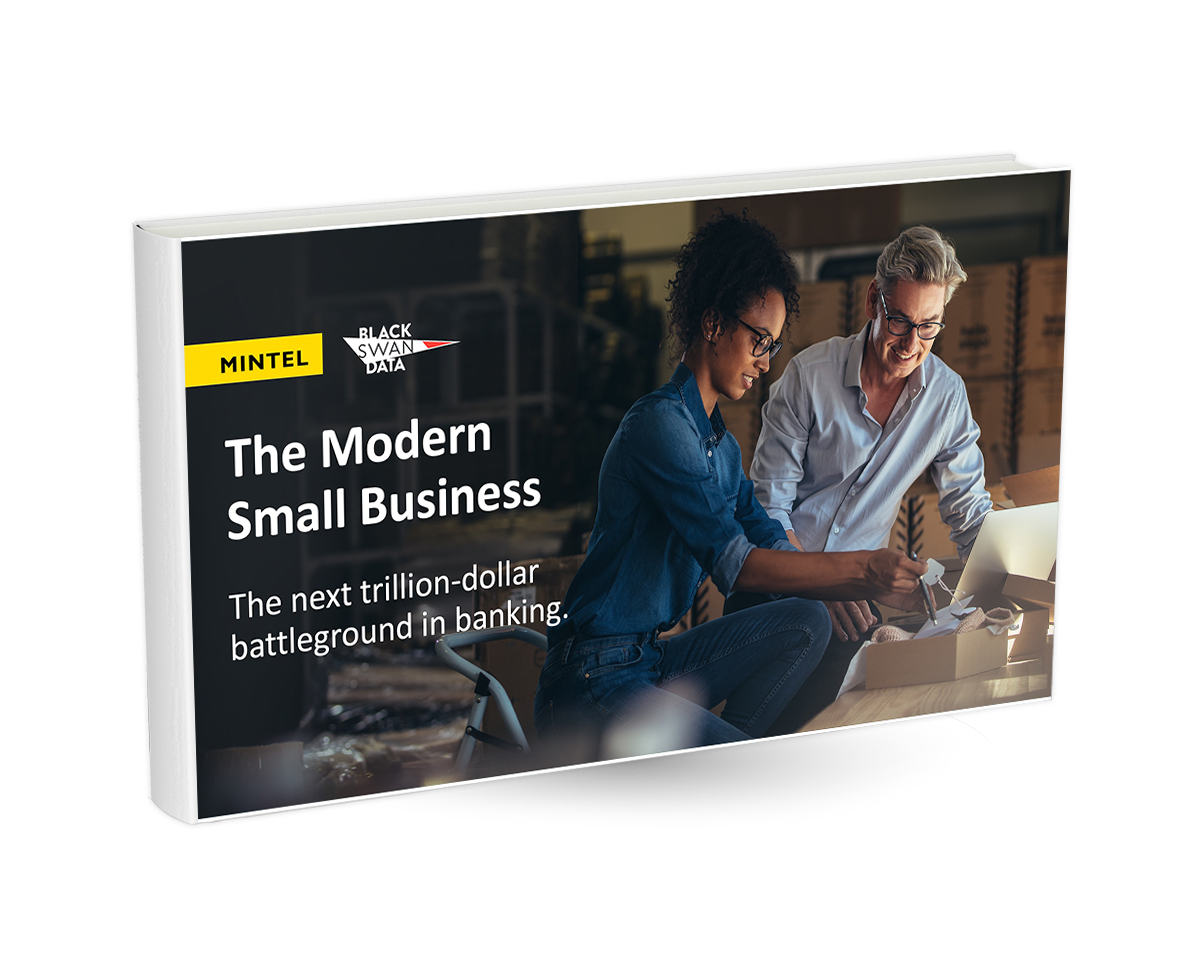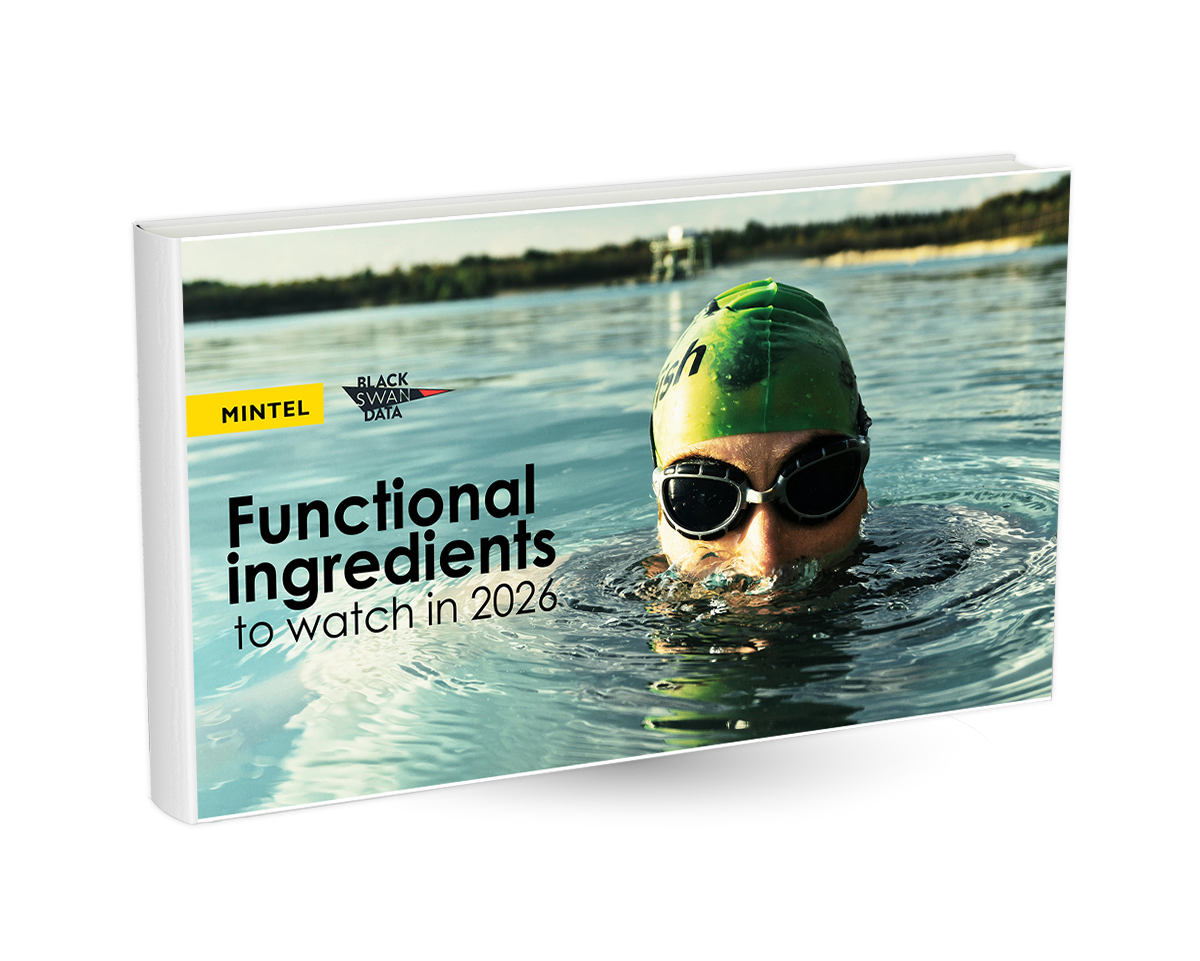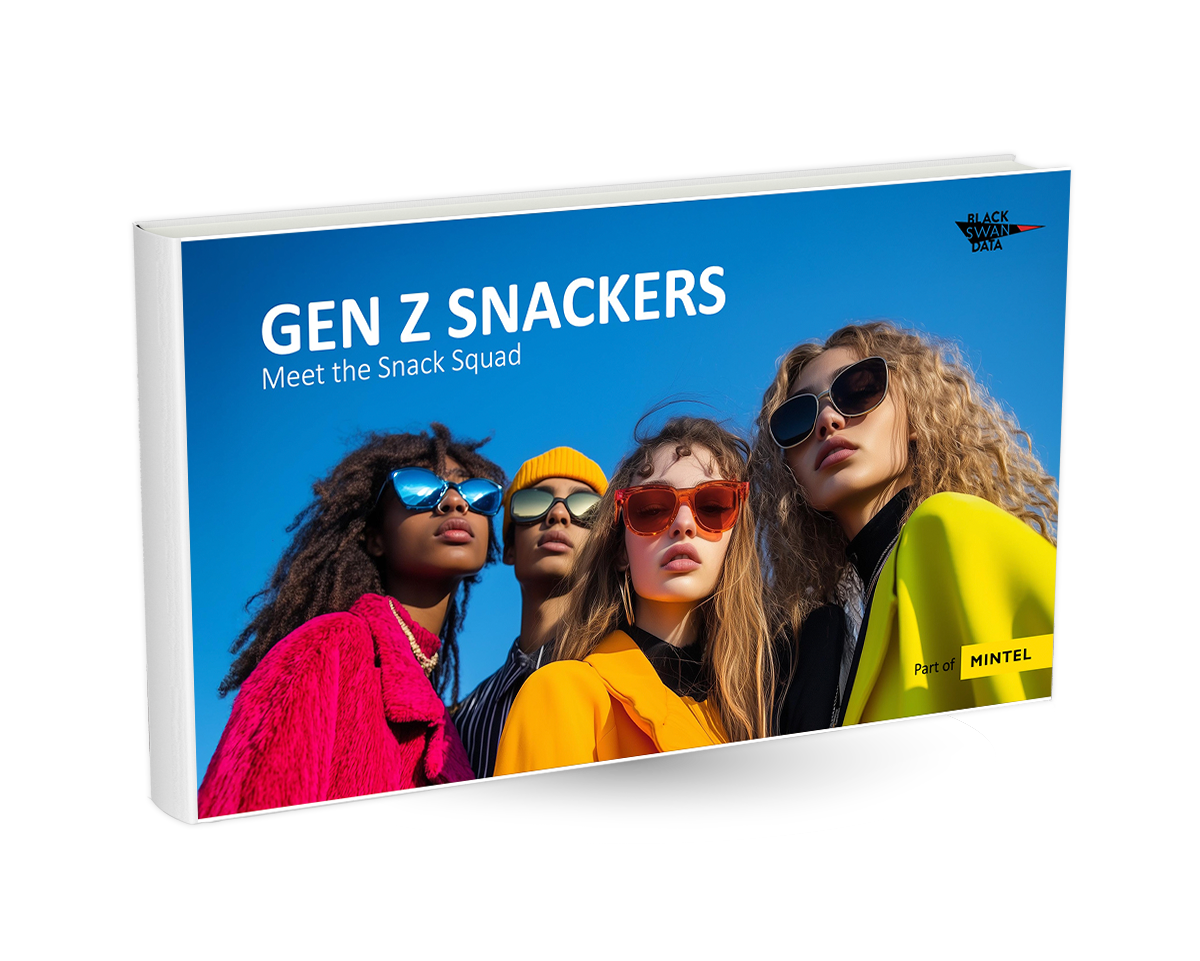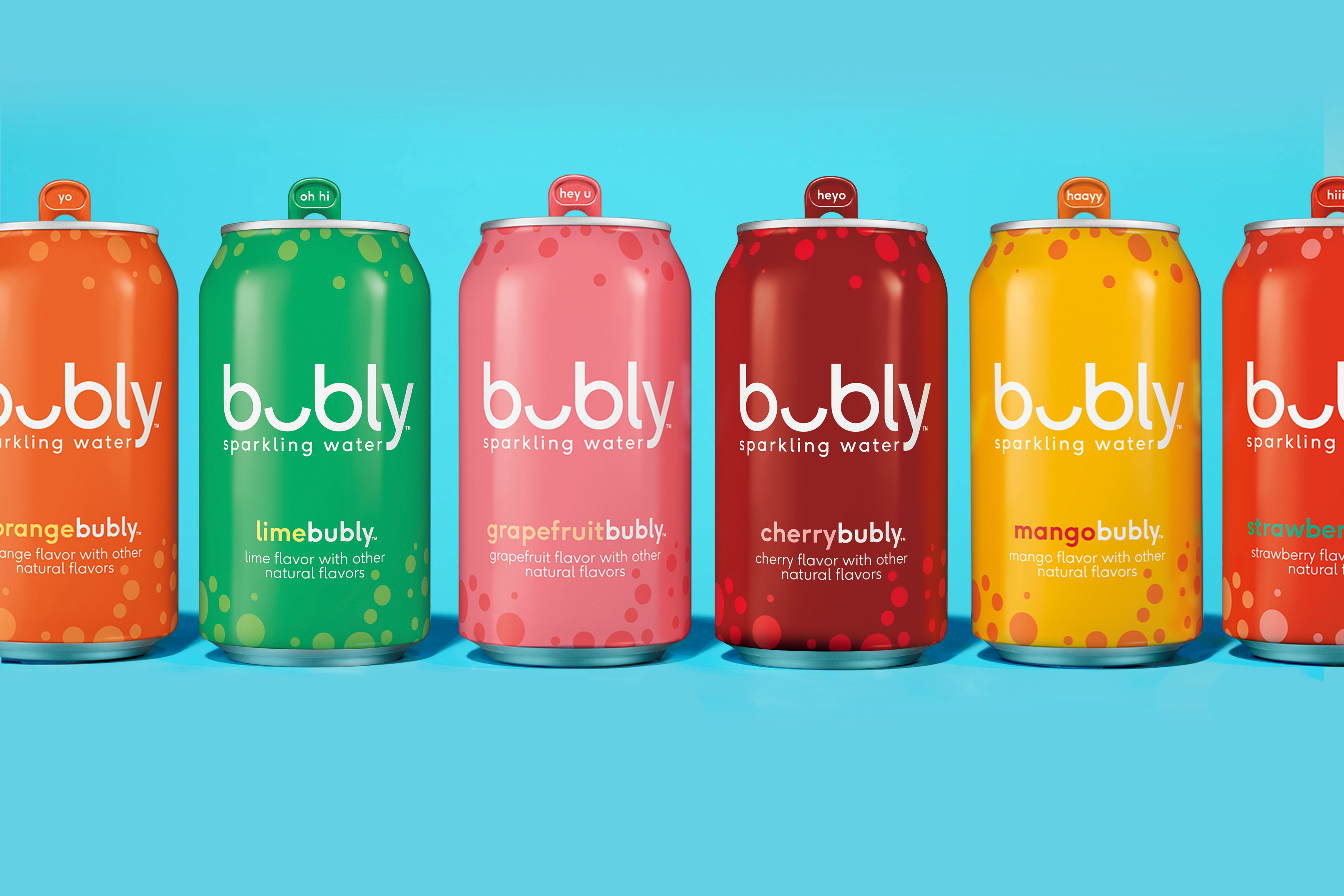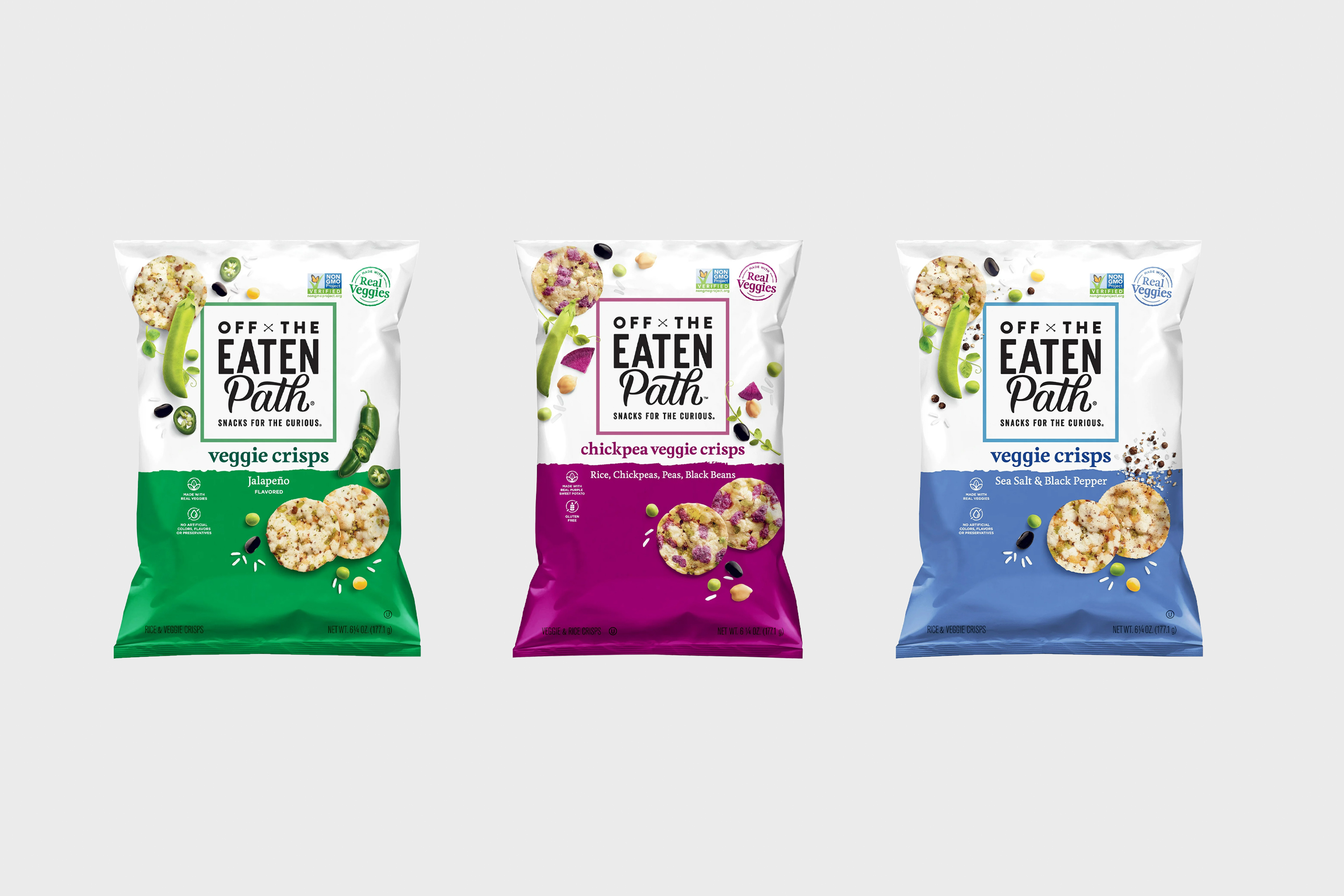Foresight pioneers
Recently, we were lucky enough to host an exceptionally insightful event where we brought together a group of 25 senior leaders from the CPG industry who shared their experiences, best practises and learnings in the field of progressive consumer insights and marketing. With this community of pioneers, what we’re calling the Foresight Foundry, we looked at how CPG leaders are leveraging technology and new sources of consumer intelligence to transform growth within their businesses.
To kick off...
We were lucky enough to welcome Stephan Gans, SVP, Chief Insights & Analytics Office, PepsiCo and Fabrice Beaulieu, EVP Group Marketing Excellence & Category Development Hygiene from Reckitt Benckiser. Stephan and Fabrice opened the floor in a Q&A session with Black Swan Data’s CEO, Steve King, and certainly didn’t disappoint.
Our panellists were asked to talk openly about how they’ve applied foresight principles to their organisations. Beaulieu kicked off the session by taking us through his fantastic work with the
Founders Factory, an external company Reckitt Benckiser partners with to build, fund and scale ambitious start-ups.
Beaulieu enlightened us as to how his work with the Founders Factory enables his organisation exposure to a world that larger CPGs wouldn’t usually be privy to. The partnership provides RB mentors with insight into new capabilities, categories and consumer trends, allowing them to experience different business models and innovation programmes. In exchange the mentors offer their experience, knowledge and networks giving the start-ups an unfair advantage in their early growth stages.
“Everyone brings something different … the start-ups are great at growth-hacking and technology as they operate in a start-up eco-system. RB, on the other hand, brings experience and expertise, as we are more classic CPG operations. We partnered with the Founders Factory to gain open-mindedness, perspective into a world we wouldn’t usually see and insights into capabilities and categories that are relevant to our own”
Beaulieu
Comparably, Gans talked about bringing the outside-in, but for PepsiCo this meant creating an ecosystem of connected, digitised, global insight tools that deliver smart, predictive, consumer intelligence into key stages of their operating process - from strategy and inception through to execution.
Gans explained the process of picking a handful of core competencies that PepsiCo wanted, and needed, to do better than anyone else in the market. Similar to Beaulieu, he stressed the importance of looking externally and choosing the right partner for transformation.
“We set out to … co-develop a solution where both partners bring their expertise to the party”
Gans
What both speakers have ascertained throughout their careers, is that legacy research methodologies remain in place, yet still lack impact. Too many businesses are working and acting as if the challenges and barriers of entry are the same as 10 years ago. To ensure success, businesses need to find new ways to become more consumer centric, digital and iterative. Here’s a roundup of the three key topics the wider group of pioneers discussed whilst at the event:
#1: Foresight mindset
What do we mean by foresight? There was much discussion surrounding what foresight represented in different organisations.
Among some, foresight is considered a key strategic input to long-term scenario planning. Specialist teams are encouraged to remove themselves from the day-to-day and look forward to 5+ years in the future, hypothesising diverging future possibilities and strategising how macro socio-economic influences will affect future consumer need states, categories and the market environment. And, perhaps most importantly starting initiatives, change programmes and external partnerships that will mean they are ahead when the tide turns.
However, there was also a general consensus that the digitisation of consumer insights means foresight can, and perhaps should, deliver against a more immediate timeline. Teams are using external partners, Big Data and predictive analytics to develop foresight tools which understand the 12-18 month horizon. Here, the onus of the programme is not future gazing but accuracy of execution, helping marketing and innovation teams deploy scientific measures to see ‘what’s around the corner’ and thus improve decision making and speed.
Foresight was also perceived as a necessary business-wide mindset. In order to truly stay ahead of the curve, it needs to be part of the business DNA; an ‘always on’ mentality to anticipate what’s next and do something about it now.
This isn’t something that can be actioned once or twice a year. Instead it needs to become part of a holistic approach. RB and PepsiCo had two different ways of doing this, but both effectively brought the ‘outside-in’. And both share the same goal to continuously provoke open-mindedness, the opportunity to discover, and expose leaders to the mega trends shifting consumer attitude and behaviour.
“If you look at capability building for the first time through a lens of leveraging your global scale, and you truly digitalise, and you truly leverage the power of data and analytics, things can be better, faster, and cheaper.”
Gans
Learning: In a rapidly changing environment, foresight needs to be a mindset and capability shift embedded within our organisation’s DNA. Both applied to long-term future scenario planning but also leveraging data and technology to create a completive advantage in our core business processes and operating frameworks.
#2: Agents of change
Curious, courageous and inspiring are the characteristics needed for an ‘agent of change’. But who are these agents and what do they do? A common thread throughout discussion was the need for a group of senior individuals within a business to be selected as ambassadors of change. It is not enough for c-suite or executive level to endorse new partners or tools from the ‘top-down’ and leave it there. It is integral for ambassadors, or agents, to be recruited from each region and / or category to work with their teams, create success stories and help build a groundswell.
“The winning combination is to nominate a couple of people who have a passion for the topic, are eloquent, can explain simply and convincingly, as well as tools to imbed”
Beaulieu
Most interesting perhaps, was the emphasis some of the senior leaders placed on this ‘selling job’, both personally and through their agents of change. These leaders recognise that to have true impact and success, their key initiatives and programmes need their own internal marketing plans that offer encouragement and incentives for their counterparts in regional and local teams to adopt and implement.
Learning: For any new tool, capability or mindset shift we need to think ‘bottom-up’ as well as ‘top down’. For a foresight transformation to have success, it is essential for the whole organisation to have buy-in; and that’s when recruiting passionate senior level ambassadors to advocate is critical.
#3: Global to local dynamic
Agility, speed and consistency are common challenges for larger businesses and some of the pain points that a digital foresight capability will improve. The aim is to create a holistic approach to insights and analytics, where all markets and categories speak the same language about growth drivers and the future needs of their consumers, and are aligned on the metrics and measurements for doing this.
When investing in new capabilities, it’s important to embrace that different teams will have different priorities. Turning a global project into a shared strategy that takes into consideration localised nuances can be problematic, but the results are rewarding.
Perfection shouldn’t come in the way of progress. When advancing from global to local levels, it’s important to test, run and incentivise PoCs (Proof of Concepts); an iterative process that can be rolled out in partnership with key local departments and categories, built upon, and improved before wider adoption.
“When imbedding [a transformation] across business categories, geographies etc. you need a system, and you need to rely on a couple of agile tools that need to be socialised and pitched for by your ‘agents of change’”
Beaulieu
Learning: Whilst central teams will typically champion a new foresight programme, local teams need to roll it out. The catalyst to building a cohesive, functional capability shift is by disseminating change at a local level, working closely with teams to not dictate the transformation, but move through the process and solution together.
What’s next...
We all recognise that to deliver extraordinary results, we need to do things differently to what has been done before. In particular that’s where we at Black Swan Data, and many of you pioneers, think that advances in technology and methodology of how we observe, understand and anticipate consumer behaviour has a big role to play.
At Black Swan Data we combine social data, always-on trend prediction software and world-class strategic consultancy to map, quantify and prioritise the drivers and trends that will fuel future category growth. It helps companies to pre-empt shifts in consumer behaviour and determine where, how and when to innovate effectively.
We find it yields different results to traditional research methodologies:
- You understand organic, in the moment consumer behaviour (less say:do gap)
- You uncover the ‘unknowns’ and emerging white-space opportunities faster
- It’s a methodology that allows you to go back and forwards in time and thus build accurate and predictive trend models that keep clients ahead of the market.
And finally, we’d like to leave it on some great, and optimistic, words from Stephan Gans: “Too good to be true? No. Welcome to this great phase of digitisation.” - Gans
Read the
full article on Forbes where our CEO, Steve King, imparts his 5 learnings from pioneers, Stephan Gans and Fabrice Beaulieu.
If you’re interested in learning more about the foresight capabilities that Black Swan Data can offer, please
get in touch with our team today.
You can also
read more about how we deliver predictive category analysis and create innovation springboards in a faster, smarter more consumer-centric way.





